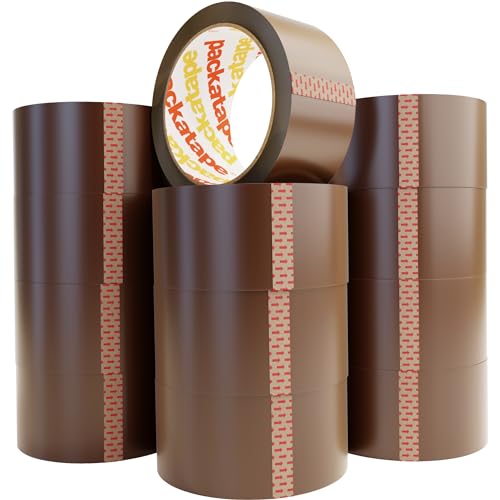Yes, packing tape can be used for sealing envelopes
Packing tape is typically used for sealing boxes and packages during the packing and shipping process. However, it can also be a convenient and effective option for sealing envelopes. While many people use traditional glue sticks or adhesive envelope seals, packing tape offers several advantages that make it a viable alternative.
Advantages of using packing tape for sealing envelopes
1. Secure adhesion: Packing tape is specifically designed to create a strong, secure bond. It has a strong adhesive backing that sticks firmly to a variety of surfaces, including paper. This ensures that your envelope will stay closed and intact during transit.
2. Durability: Packing tape is designed to withstand rough handling and transportation. It is made of sturdy materials that can endure various weather conditions, ensuring that your envelope remains sealed and protected even in challenging environments.
3. Protection against tampering: Because of its strong adhesion, packing tape provides an added layer of security for your envelope. It can help deter tampering or unauthorized access to the contents, giving you peace of mind when sending important documents or sensitive information.
How to use packing tape to seal envelopes
Using packing tape to seal envelopes is a simple process that requires a few basic steps:
1. Prepare your envelope: Ensure that the envelope is properly sealed and the contents are enclosed inside. Remove any existing adhesive seals or glue residue from the envelope.
2. Cut a piece of packing tape: Measure and cut a piece of packing tape that is long enough to cover the width of the envelope flap. Leave a slight overhang on each side for better adhesion.
3. Apply the tape: Carefully align the packing tape along the length of the envelope flap, ensuring that it securely covers the entire width. Press down firmly to ensure proper adhesion.
4. Smooth out any air bubbles: Once the tape is applied, gently smooth out any air bubbles or wrinkles to create a flat, secure seal.
5. Trim excess tape: Use scissors or a utility knife to trim any excess tape that extends past the edges of the envelope flap. This will give your sealed envelope a clean and professional appearance.
When to use packing tape for sealing envelopes
Packing tape can be used to seal envelopes in a variety of situations, including:
1. Shipping documents or important papers: If you need to send important documents, such as legal papers, contracts, or confidential information, using packing tape can provide an added level of protection and security during transit.
2. Mailing bulky or heavy items: Some envelopes may contain items that are bulkier or heavier than usual. In these cases, packing tape can offer a stronger seal that is less likely to break or come undone during handling and transportation.
3. Sending envelopes through the postal system: The postal system can be rough on envelopes, especially during sorting and delivery. By using packing tape, you can ensure that your envelope withstands the rigors of the postal system and arrives safely at its destination.
Considerations when using packing tape for sealing envelopes
While packing tape can be a suitable option for sealing envelopes, there are a few considerations to keep in mind:
1. Appearance: Packing tape may not provide the same aesthetic appeal as traditional envelope seals or glue sticks. If the appearance of your envelope is important, you may prefer to use alternative sealing methods for a more professional look.
2. Removing the tape: Packing tape can be more difficult to remove compared to traditional adhesive seals or glue. If you anticipate needing to open and reseal the envelope multiple times, packing tape may not be the most practical choice.
3. Thickness: Some types of packing tape can be thicker than standard envelope seals, which may affect how the envelope fits into mail slots or opening equipment. Ensure that the thickness of the tape does not interfere with the functionality of the envelope.






